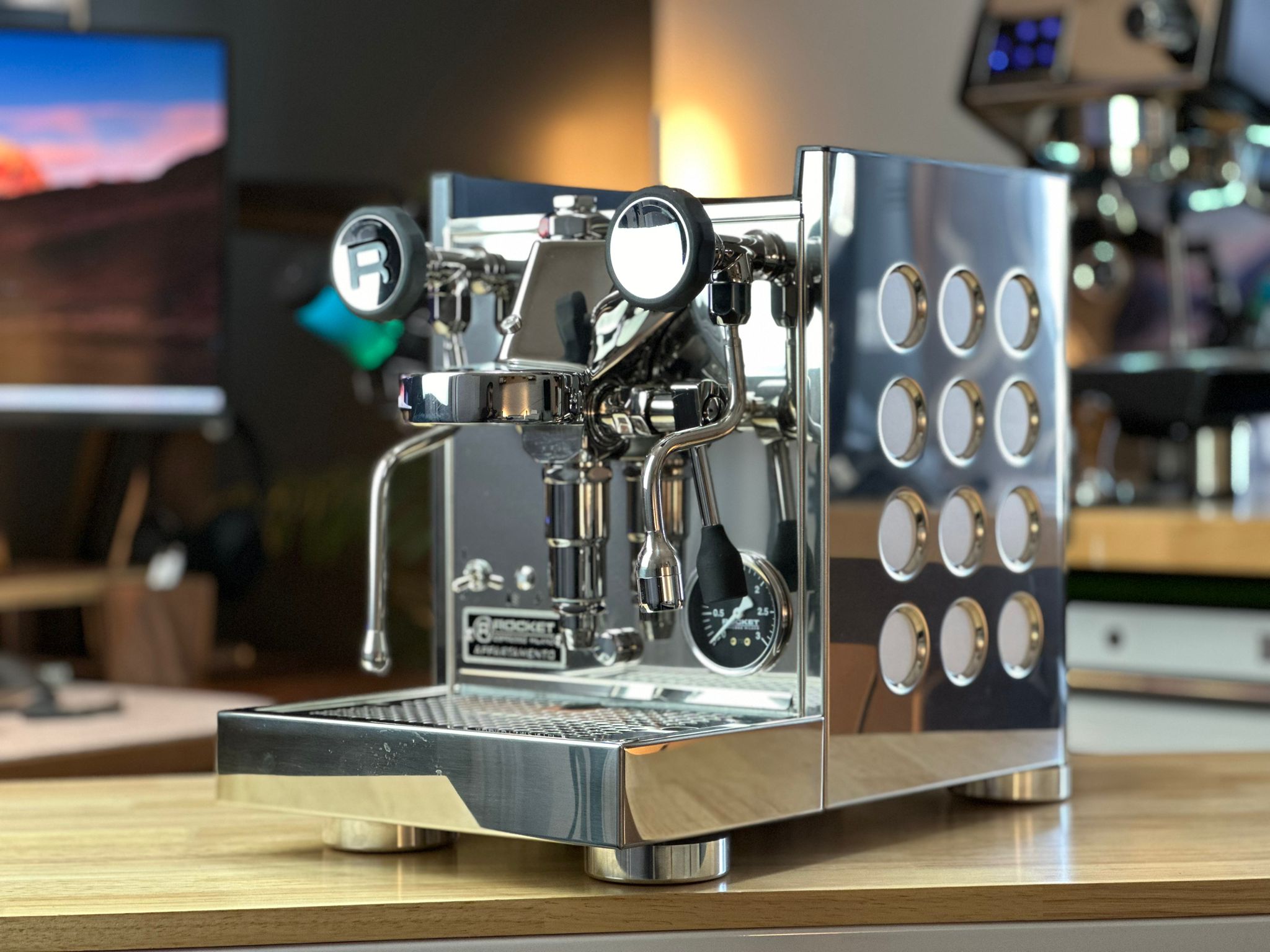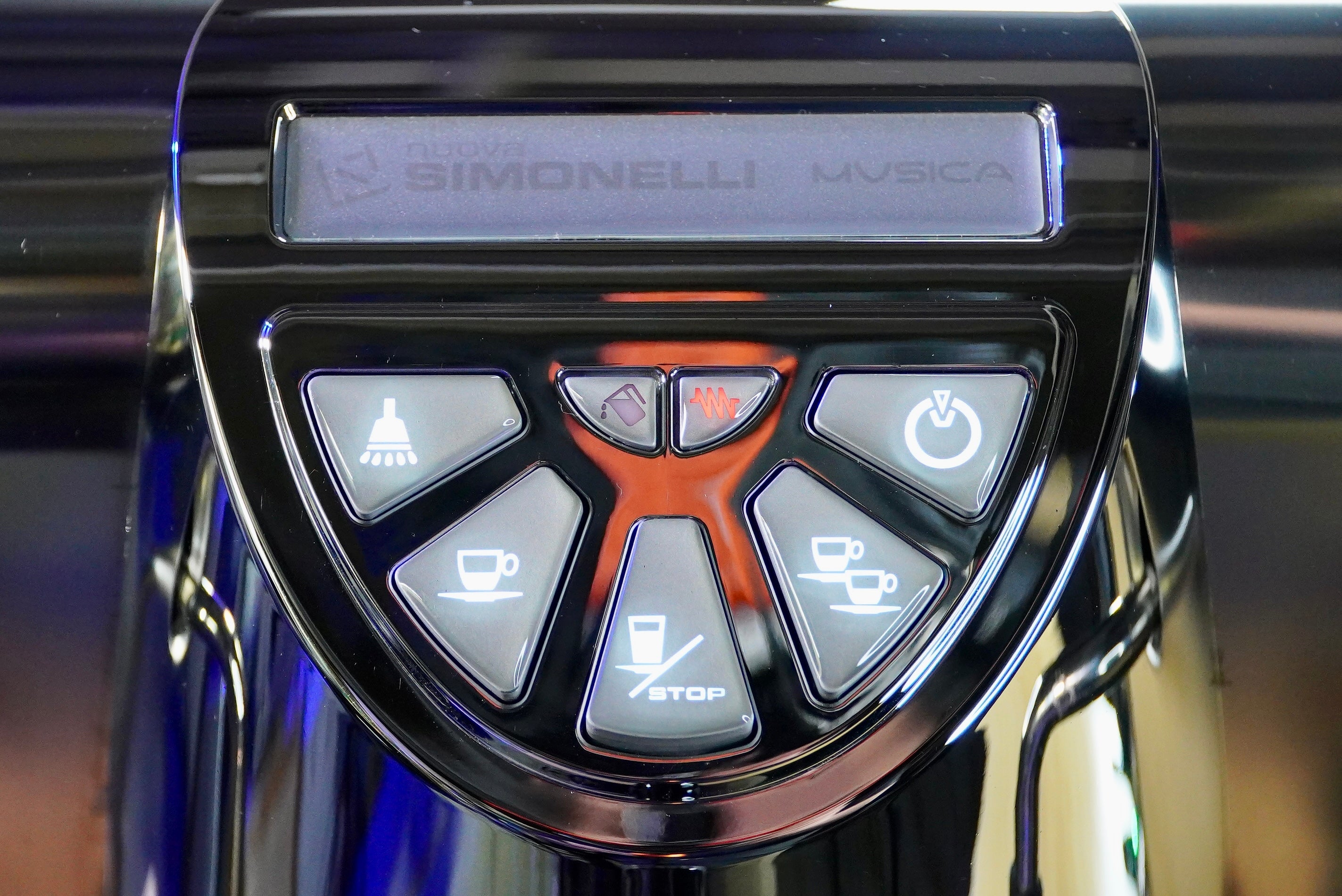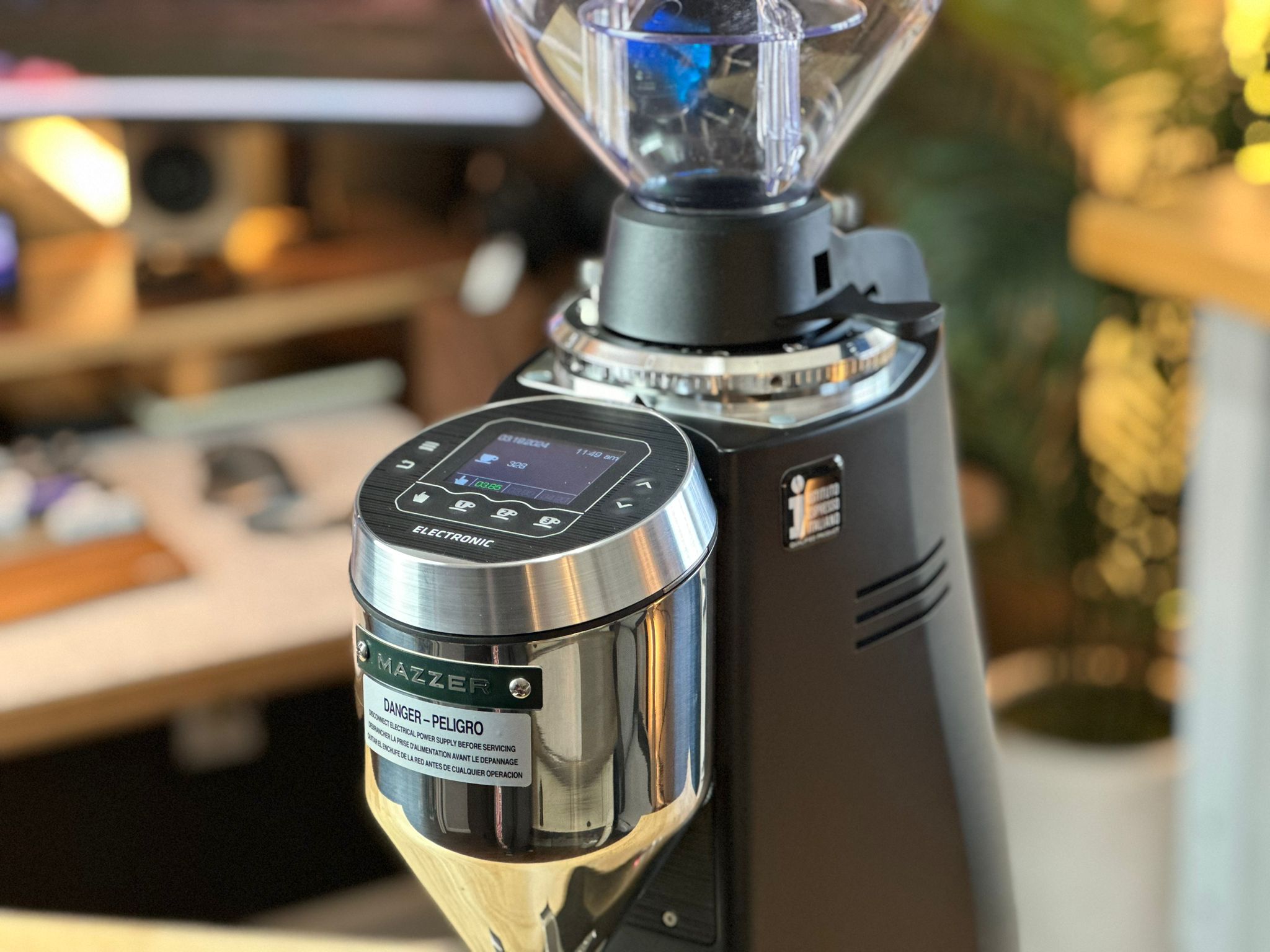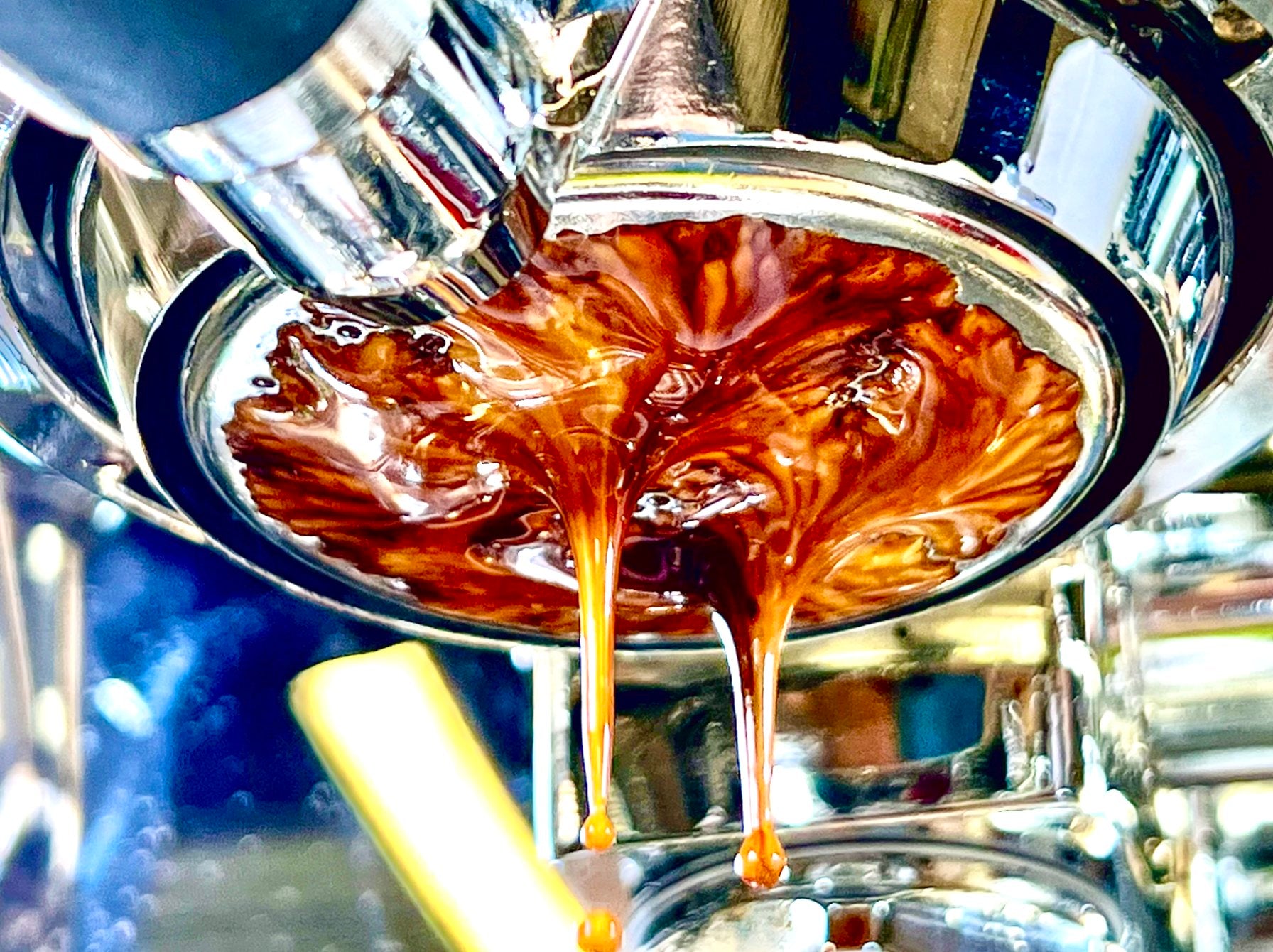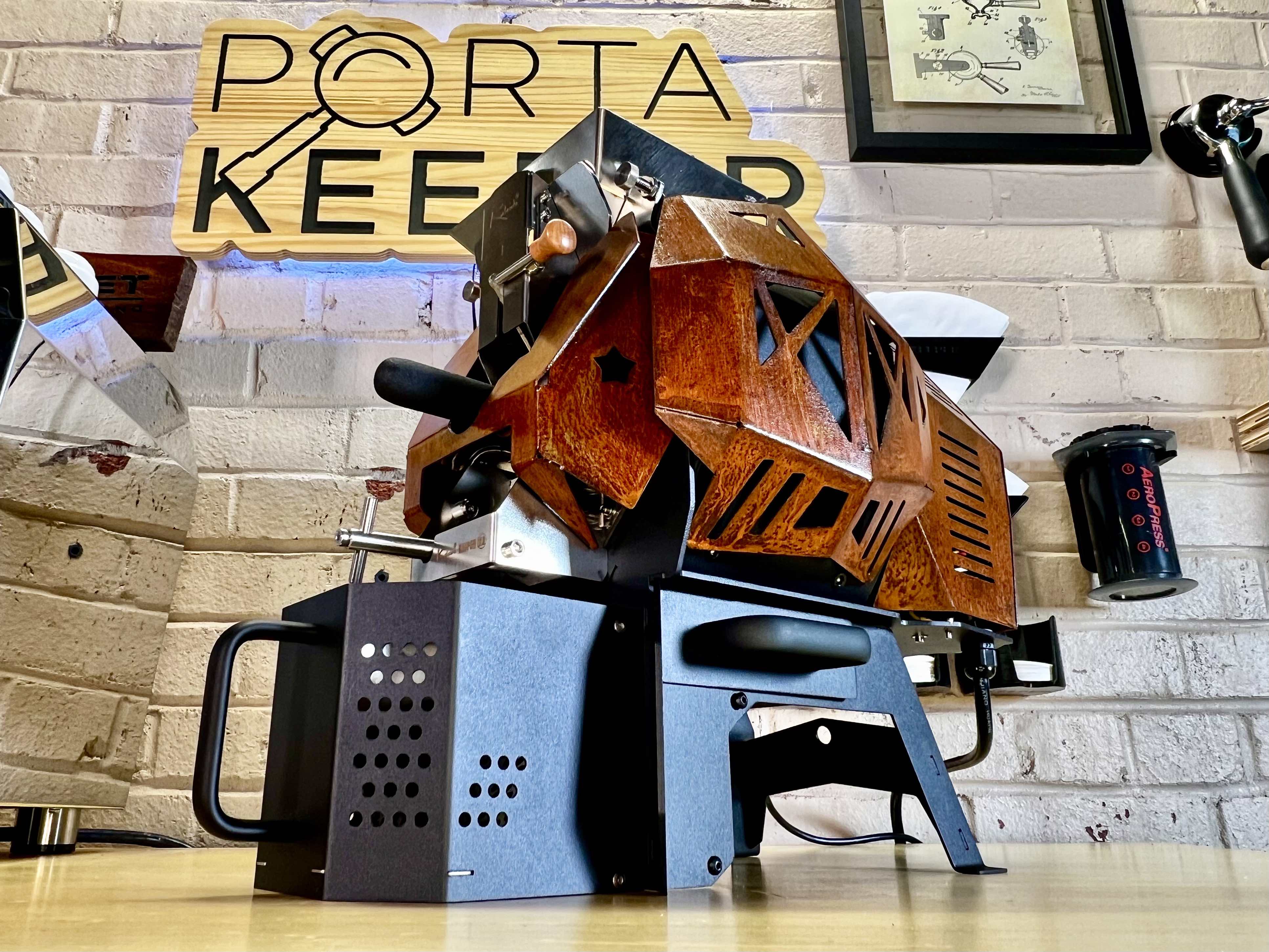Nuova Simonelli Musica - In Depth Review
Nuova Simonelli has been in the business of making espresso machines since 1936, a true innovator, especially amongst commercial espresso machines. By the 1950s, coffee shop owners needed espresso machines which could continually dispense espresso to keep up with the demand of a busy shop. A lot has changed since 1936, but the companies design for commercial espresso machines has only become even better over time!

Almost daily, I get asked "So I am wanting to start a coffee cart, don't have a lot of funds as we are just starting out. We also do not have much room for a large machine on a small cart, what do you suggest?" Well, you probably know where this is headed, and I will usually suggest a few options, but the Nuova Simonelli Musica is definitely on my short list.
So what makes this machine so great for a coffee cart, small restaurant, or a lower volume pastry shop? Lets go through some of the features and why its one of my top go-to choices.
The Nuova Simonelli Musica is a smaller espresso machine, measuring a mere 12.75 inches wide, 16 inches deep, and 16.75 inch high. While its not a small machine, it is definitely on the smaller end of of the commercial machine spectrum. As with most Nuova machines, this machine is NSF rated. If you are not familiar with what that means, it is a rating that is required for industrial equipment, and often inspected by your local inspector.

The Musica is designed to go just about anywhere. Accompanying its smaller size, it only draws about 1200 watts of power at 120V. This allows the Musica to be used just about anywhere on almost any standard wall outlet. If you are using at multiple venues, you can find a 120V receptacle just about anywhere. (Note: that if the circuit is shared with other higher power consumption items, a different circuit might need to be used). Additionally, while 1200 watts is not a small heating element, if you are using this machine on a generator, this allows you to purchase and use a smaller generator which will save you money, as well as gas over time.

Before I go much further, I must mention, there are two main variants of the Musica. The first is a tank only version. You can see more about that here. The water reservoir holds about 3 liters of water. You can never have enough water, but I do find this to be a nice size. If you plan to move this machine a lot, you will be able to easily top off the water reservoir with treated water. I typically use 1 gallon jugs, and it only takes a few seconds to top off. Don't worry about running the machine dry, there is a water sensor built into the reservoir, and a light on the front of the machine to warn you when the tank is getting low.
Water Tank Door and Tank:


The second version of the Musica, they call Direct Connect. As you might imagine, you are able to directly connect this machine to a water source, such as a city water supply or a flowjet style setup. You can see more about the direct connect version here. Again, don't worry about the machine running dry, as it will warn you if your water supply is diminished.
Lets talk about day-to-day use. The controls on the Musica are very simple and intuitive. Looking at the main control panel, you have a button to dispense hot water, a single dose programmable button (does not have to be single shot), a manual dosing button in the middle, this button also gets used to program the volumetric shots. A double shot button, and last a power button. To turn the machine on or off, hold the button for about 3 seconds. I will also note there is a master power switch under the machine at the back.
Control Panel

Master Switch

Video for programming volumetric - Coming Soon
Water Wand
The steam and water wands work great! The water, as mentioned above is dispensed by depressing a button. You do have the ability to time how long this stays on. So if you wanted to streamline your Americanos for example, you can program it to dispense for X seconds.

Steam Wand
The steam wand is actuated with a lever. This lever has a spring to spring back to the closed position offering plenty of control while texturing milk. I will note that you can lock the steam in the open position for a more hands free milk steaming action. Be careful because this machine has quite a bit of steaming power. The Musica offers a no burn steam wand.

Cup Warming Rack:
The cup warming rack works ok. With its limited space, if you are using ceramic cups it might take a while for the cups to get warm. If you need to warm up a cup quickly you can dispense some hot water into the cup and dump. On the water tank version, the water reservoir door is also on the top of the warming tray. This will take up some additional real estate for cups. You may need to move some of the cups to top off your water tank. Id imagine if you are using paper cups, this will all be a non issue.


The drip tray is of descent size, but with the water reservoir version, have a plan for where to dump it, as it will become full. The water reservoir version does not have the ability to plum to a drain. The plumbed version, this is not an issue as it will be plumbed to a drain or gray water jug.

Pros:
- A small mobile machine. Easy to transport. Not too small, not too big.
- 58mm portafilter - standard tools will work with it easily, as will auto tampers and aftermarket espresso baskets designed for the 58mm.
- NSF - commercially rated
- Offers volumetric and manual dosing
- Hot water wand for Americanos or rinsing tools - can be programmed
- LUX package offered for both machines. This replaces the side panels with ones that illuminate. Personally I think this really makes the coffee bar pop and draws peoples attention to it.
- Good cup clearance. Many smaller machines do not give much room under the brew head.
- Puck pre-infusion comes standard - can also be programmed
- No burn steam wand
- Price. At the time of this review, the water tank version sells for $2970, and the direct connect version for $3330.
- Amazing technical support offered by Nuova Simonelli USA including a parts warehouse located in the USA.
Cons:
- As big of a pro, it can be a con as well, its small size limits the number of drinks per hour.
- Limited space on cup warming rack. (less space with water tank version)
- While it is a 58mm portafilter, it is Nuova Simonelli specific. Usually not a big deal as the brand is so popular it is not hard to find additional portafilter. I suggest buying a second 2 spout if that is what you normally use.
- No PID although the machine is large enough I didn't notice much of a temperature swing. You can adjust the pressurestat easily.
Indifferent:
- On some of the home machines, they offer a built in water tank and the ability to plumb. Nuova Simonelli Musica it is one or the other. So make sure to purchase the one that works best for your needs.
- The Musica is a heat exchanger machine meaning it has a single boiler with a heat exchanger for steam. In my experience, this machine has plenty of steaming power, much more than I expected. I was able to pull shots and steam simultaneously.
Final thoughts:
So what makes this machine so great for a coffee cart, small restaurant, or a lower volume pastry shop? Well hopefully I answered all of these questions for you above. During my use of this machine, it really packs a punch. I was able to pre-program doses into the machine, as well as adjust with ease. This allows for a smooth workflow of puck prep, pulling shot, and steaming almost simultaneously. Pulling every shot with a programmed pre-infusion allows you to pull extremely consistent shots back to back. Plenty of steaming power for a machine of this size. For someone always moving their coffee cart around, the machine seems to be an ideal size to me. Not too big, not too small. If you have any questions about whether the Musica would be a good fit for your budget as well as business, you can email us at sales@espressooutlet.net






